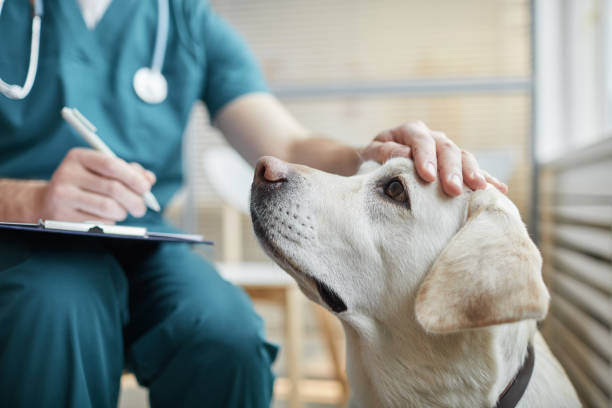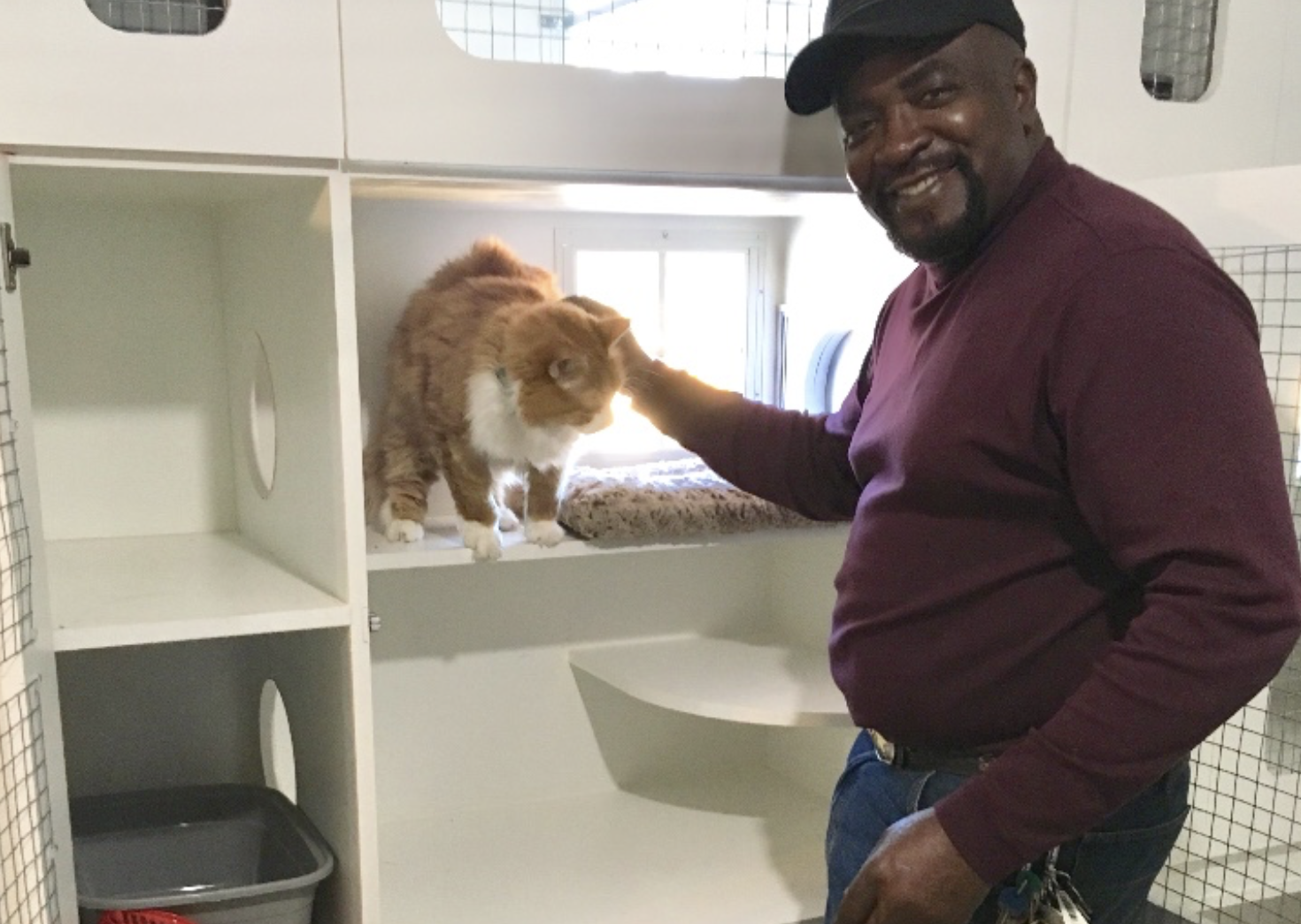Maintaining a clean and healthy environment in your kennel is essential for the well-being of the pets in your care and the success of your business.
Unfortunately, the close quarters and shared spaces in kennels can create rampant opportunities for illnesses to spread if proper precautions aren’t taken. As you manage your kennel, there are a few proven tactics you can follow to prevent the spread of these pesky germs and sicknesses. Doing so not only protects your furry guests but builds trust with pet parents. Keep reading to understand the proven practices and strategies for a squeaky-clean kennel space:
Maintain Rigorous Cleaning Protocols
 A clean facility is the foundation of illness prevention in kennels. Regular cleaning and disinfection reduce the risk of harmful bacteria, viruses, and parasites spreading among pets. Every area, from kennels to playrooms, must be addressed consistently to maintain high standards of hygiene.
A clean facility is the foundation of illness prevention in kennels. Regular cleaning and disinfection reduce the risk of harmful bacteria, viruses, and parasites spreading among pets. Every area, from kennels to playrooms, must be addressed consistently to maintain high standards of hygiene.
Key cleaning practices include:
- Daily cleaning of surfaces: Sanitize kennels, feeding stations, and high-traffic areas with veterinary-approved disinfectants.
- Frequent attention to shared spaces: Clean play areas, grooming stations, and common rooms multiple times a day.
- Dedicated tools for cleaning: Use separate cleaning equipment for different areas to prevent cross-contamination.
Consistently following these protocols protects pets, staff, and the reputation of your business.
Instate Clear Vaccination Policies
Vaccinations play a crucial role in reducing the spread of infectious diseases in kennels. Ensuring that pets meet vaccination requirements before entering your facility helps keep everyone safe.
Communicate your vaccination policies clearly to pet parents and include requirements for:
- Bordetella (kennel cough).
- Distemper.
- Parvovirus.
- Rabies.
Maintain detailed vaccination records for all pets in your care and offer helpful reminders for upcoming booster shots. By keeping vaccinations up to date, you minimize the risk of outbreaks and build confidence in your facility's safety.
Isolate Sick Pets Immediately
 Even with preventative measures, illnesses can occasionally appear. The key to preventing outbreaks is swift action. Sick pets should be separated from others as soon as symptoms are noticed.
Even with preventative measures, illnesses can occasionally appear. The key to preventing outbreaks is swift action. Sick pets should be separated from others as soon as symptoms are noticed.
Create a designated isolation area within your facility for pets that show signs of illness, such as coughing, sneezing, or diarrhea. This area should have its own cleaning supplies and staff protocols to avoid cross-contamination. Acting quickly minimizes risks and reassures pet parents that their pets are in capable hands.
Implement Staff Hygiene Practices
Your staff members are on the frontlines of preventing illness, and their hygiene practices can make or break your efforts. Proper training ensures your team understands the critical steps needed to protect themselves and the animals in their care.
Best practices for staff hygiene include:
- Frequent handwashing: Require staff to wash hands between handling pets and after cleaning tasks.
- Protective gear: Encourage the use of gloves when cleaning or caring for animals showing signs of illness.
- Clean uniforms: Provide clear guidelines for wearing clean work attire daily.
Additionally, foster a culture of health by emphasizing the importance of staying home when unwell. These efforts create a safer environment for pets and staff alike.
Limit Contact During High-Risk Situations
 When dealing with highly contagious illnesses, minimizing contact between pets can be an effective way to stop the spread. To reduce the chances of cross-contamination, create clear protocols for playgroups, shared spaces, and feeding times.
When dealing with highly contagious illnesses, minimizing contact between pets can be an effective way to stop the spread. To reduce the chances of cross-contamination, create clear protocols for playgroups, shared spaces, and feeding times.
For example, group pets with similar temperaments and health statuses during playtime. Monitor interactions closely to spot any early signs of illness. Controlled environments are safer for everyone involved.
Communicate with Pet Parents
Transparency is essential in building trust with your clients. Inform pet parents of your health and safety protocols, and explain the steps you take to prevent illness in your facility.
- Use newsletters or social media to educate clients about the importance of vaccinations and good hygiene.
- Provide checklists for preparing pets for their stay at your kennel.
- Notify pet parents promptly if there are any health concerns during their pet's stay.
Clear communication ensures pet parents feel confident in choosing your business.
Monitor and Evaluate Your Practices Regularly
Illness prevention is an ongoing process, not a one-time effort. Regularly evaluate your procedures to ensure they’re effective. Seek feedback from staff and pet parents to identify potential improvements.
Stay informed about emerging diseases and new veterinary recommendations that may affect your protocols. Proactive adjustments keep your kennel at the forefront of pet-care safety.
 A healthy kennel is a happy kennel. By maintaining strict cleaning protocols, enforcing vaccination requirements, and fostering clear communication with pet parents, you can create an environment where pets thrive and pet parents feel secure. Illness prevention isn’t just good for pets—it’s a vital part of building a successful, trusted business.
A healthy kennel is a happy kennel. By maintaining strict cleaning protocols, enforcing vaccination requirements, and fostering clear communication with pet parents, you can create an environment where pets thrive and pet parents feel secure. Illness prevention isn’t just good for pets—it’s a vital part of building a successful, trusted business.
Maintain pet records seamlessly with Gingr's cloud-based software. Check it out today!
Subscribe to the Gingr Blog






